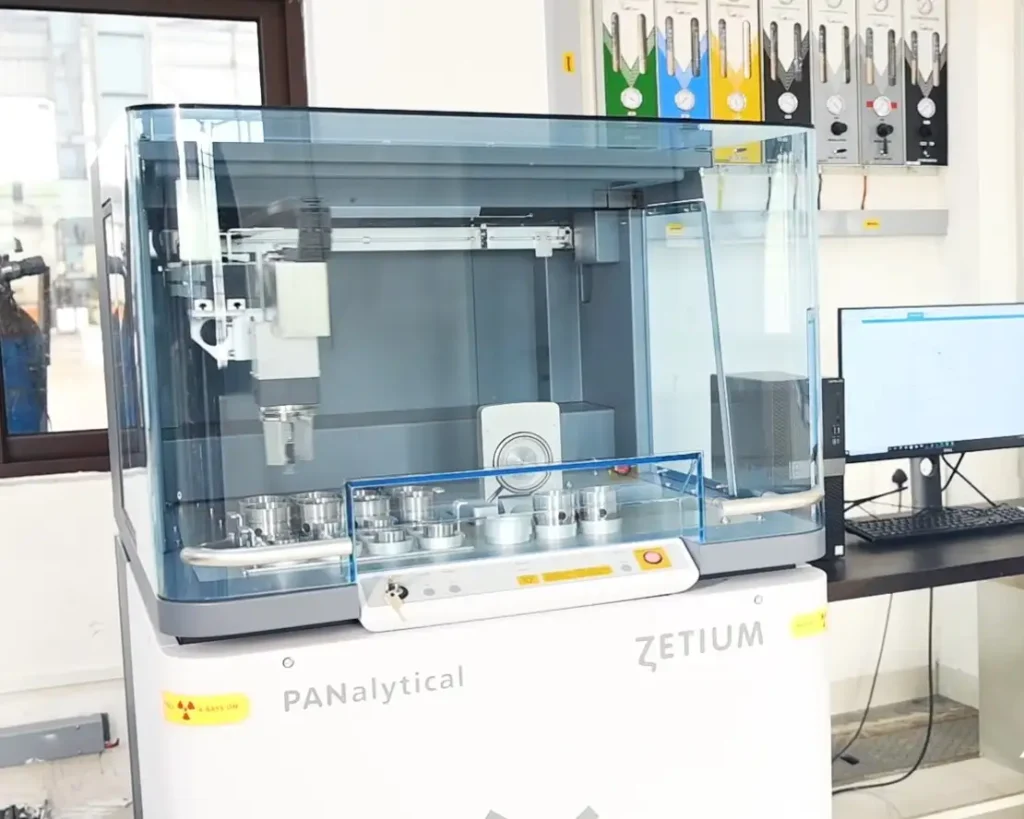Title: Exploring the Fascinating World of Advanced Steel Alloys
Introduction: Steel, a stalwart of the industrial world, has continually evolved to meet the demands of modern engineering and technology. One of the key facets propelling this evolution is the development of advanced steel alloys. These alloys are not merely mixtures of metals; they represent a sophisticated marriage of science, innovation, and engineering. In this article, we embark on a journey to explore the captivating realm of advanced steel alloys, delving into their composition, properties, and the myriad applications that make them indispensable in our daily lives.
Understanding the Basics: At its core, steel is an alloy of iron and carbon, but advanced steel alloys go beyond this basic combination. These alloys incorporate carefully chosen elements in precise proportions to enhance specific properties such as strength, durability, corrosion resistance, and heat resistance. Common alloying elements include chromium, nickel, manganese, and molybdenum, each imparting unique characteristics to the steel.
Tailoring Properties to Perfection: The beauty of advanced steel alloys lies in their ability to be tailor-made for specific applications. Engineers and metallurgists meticulously fine-tune the alloy composition to achieve desired properties. For instance, adding chromium enhances corrosion resistance, making it ideal for applications in harsh environments, while nickel improves toughness and ductility, crucial in structural applications.
Applications in Automotive Engineering: One of the most notable applications of advanced steel alloys is in the automotive industry. The demand for lightweight materials without compromising strength has led to the development of high-strength, low-alloy (HSLA) steels. These steels find applications in vehicle structures, improving fuel efficiency and safety simultaneously.
Innovations in Aerospace: The aerospace sector also benefits significantly from advanced steel alloys. Alloys with exceptional strength-to-weight ratios are employed in the construction of aircraft components, contributing to fuel efficiency and overall performance. The ability of these alloys to withstand extreme temperatures and conditions makes them invaluable in the aerospace industry.
Energy and Infrastructure: In the energy sector, advanced steel alloys play a vital role in the construction of power plants, pipelines, and other critical infrastructure. Alloys designed for high-temperature environments ensure the reliability and longevity of these structures, contributing to the stability of our energy supply.
Sustainable Steel: As the world shifts towards sustainable practices, the steel industry is also embracing green initiatives. Advanced steel alloys are being developed with a focus on recyclability and reduced environmental impact. The goal is to create materials that not only meet performance requirements but also align with the principles of a circular economy.
Conclusion: The world of advanced steel alloys is a testament to human ingenuity and the relentless pursuit of improvement. From automotive engineering to aerospace and beyond, these alloys have become the backbone of modern industry. As technology advances and our understanding of materials deepens, we can only anticipate further innovations that will continue to shape the fascinating world of advanced steel alloys.




